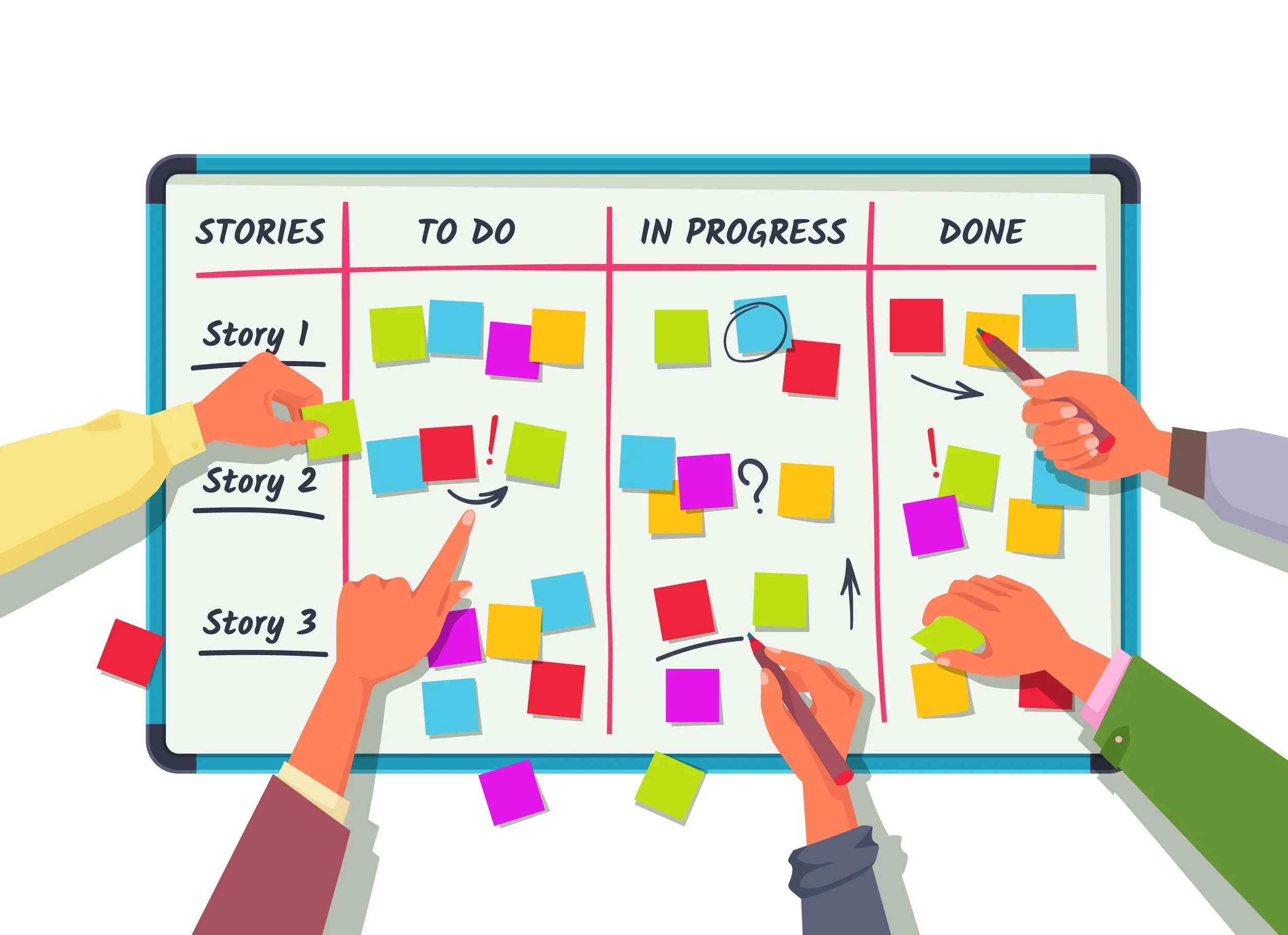Is Your Culture Performing… or Actually Growing?
Everything runs on instinct, conversations, decisions, even celebrations. The spotlight lands where it should, the timing feels just right, and from the outside, it all appears seamless.
But culture isn’t built in the spotlight. It’s shaped in quiet moments, the kind that go unnoticed but hold the whole journey together.
At AAJ Media Productions, culture doesn’t begin with a title or a welcome note.
It lives in the everyday spaces we choose to nurture, small, intentional moments that shape how we work and grow together.
Our culture has a center. It’s called Fulcrum.
More than just a framework, it’s the compass we return to:
Freedom to explore, Focus to execute, Finesse to refine, Finish to ship, Food to bond, and Foolish to breathe.
When everything moves fast, Fulcrum is what holds us steady.
We’ve built spaces that reflect this rhythm.
ORI is one of them, a small, calming corner designed to help untangle ideas or catch a quiet breath between the bustle.
Our bookshelf is a quiet invitation, ten minutes, one page, just enough to reset.
The PlayStation corner? It’s where laughter recharges minds, and camaraderie fuels fresh energy.
And when it comes to voices, everyone’s heard.
Interns here contribute, challenge, and help shape what we create.
These may seem small. But together, they create rhythm, resilience, and real growth. So when you zoom out, you're not just seeing how we work, you’re seeing who we’re choosing to be.
1. The Illusion of Culture Fit
Comfort is easy. Growth is intentional.
Let’s say you’re hiring someone new. The team says, “They’re just like us!” Everyone smiles. It feels like a perfect fit.
But here’s the thing, cultures don’t grow when everyone thinks the same. They grow when someone new says, “What if we tried it differently?”
“Culture fit” sounds like a safety net. But too often, it becomes a filter for sameness. Over time, it turns bold teams into echo chambers.
The shift? Don’t hire just for fit. Hire for stretch. Look for people who align with your values but bring a different lens.
During your next debrief, ask:
“How will this person challenge us in a good way?”
Sometimes, that one question makes all the difference.
2. The Myth of ‘Healthy’ Hustle
Because speed without space leads to surface-level thinking
The deadline was met just barely. Someone said, “Midway through, I wasn’t sure if the format still made sense… but everything was moving too fast to bring it up.”
Another replied, “I thought we figured that out at the start.” They had. But no one paused to check.
Just a quiet drift, the kind that happens when everyone’s running in parallel, not together.
That’s the problem with constant motion.
Without space to reflect, perspectives don’t meet, they miss.
But the fix doesn’t need to be big. Just a 10-minute midweek check-in.
A habit of looking back before rushing forward.
And a shared rhythm of asking, “Is this still working for us?”
3. Your Culture’s Not a Vibe It’s a System
Because great energy needs great rhythm
The team clicked, ideas sparked fast, chats were buzzing, and meetings felt like momentum.
It was easy to say, “We work so well together.”
But soon, decisions blurred. Deadlines slipped. Everyone felt busy, yet no one knew what actually moved or stalled.
So they started a simple Friday ritual:
What moved forward What got stuck What’s unclear
It didn’t change how they worked. It changed what they noticed.
Suddenly, progress was visible. Blockers came up sooner. And that “vibe” they had?
It wasn’t lost, it leveled up.
4. The Echo Effect
Because how you respond today shapes what people believe tomorrow
A designer missed a deadline, not from neglect, but a creative risk that didn’t land. In review, the lead said,
“It didn’t work, but that risk? That’s exactly what we need more of.”
The room exhaled, because it felt safe to be honest.
And just like that, the message was louder than any value statement:
● Here, you won’t be punished for trying.
● Here, failure isn’t fatal.
● Here, growth has room.
That moment echoed into bolder ideas, faster ownership, more open feedback.
Because people don’t just remember how they were treated. They remember how someone else was.
That’s how culture builds itself.
Not in mission decks, but in how you show up when it counts.
5. Let Values Lead the Way
When principles stop being statements and start becoming behavior.
An employee struggles with a deadline. A teammate steps in unasked, beyond their scope.
Not because they had to. But because they remembered, we look out for each other. That moment wasn’t random.
It was a value turned into action.
Trust becomes real in how openly challenges are shared.
Respect shows up in whose voice gets included in tough conversations.
Growth happens when someone feels safe enough to say, “I need help.”
These aren’t grand gestures, they’re quiet signals that shape how people show up, every day.
6. Your Culture’s Not in the Handbook
Because people learn it from people, not policies!
A new hire joins the weekly call.
They notice: the meeting doesn’t start on time, it starts when the manager arrives. No one says a word. By week three, neither do they.
That moment didn’t come from a document.
It came from a pattern watched, learned, and absorbed.
Culture isn’t always introduced. It’s seen.
In how delays are handled. Who’s included? What goes unnoticed.
People don’t memorize values. They mirror what they see.
So call out the behaviors you want echoed.
Because in the long run, it’s not the handbook people follow. It’s you.
From Scene to Culture: What Are You Directing?
Every team has a script. But culture? That’s what happens off-script.
It’s in the pause before a reply. The eye contact in a tough conversation. The “you good?” at 6:59 PM.
You won’t always find it in strategy decks. But you’ll hear it in the hallway, see it in how people show up,
and feel it in what they choose when no one's watching.
So next time you zoom out, don’t just ask how your team is performing. Ask what story your culture is quietly telling.
That’s when the real magic begins. Look behind the curtain. That’s where the future of your company is being built.
When everything’s flowing well, it’s easy to believe growth is happening by default. But at times, it’s worth asking:
Are we still growing, or just getting really good at doing what we’ve always done?







